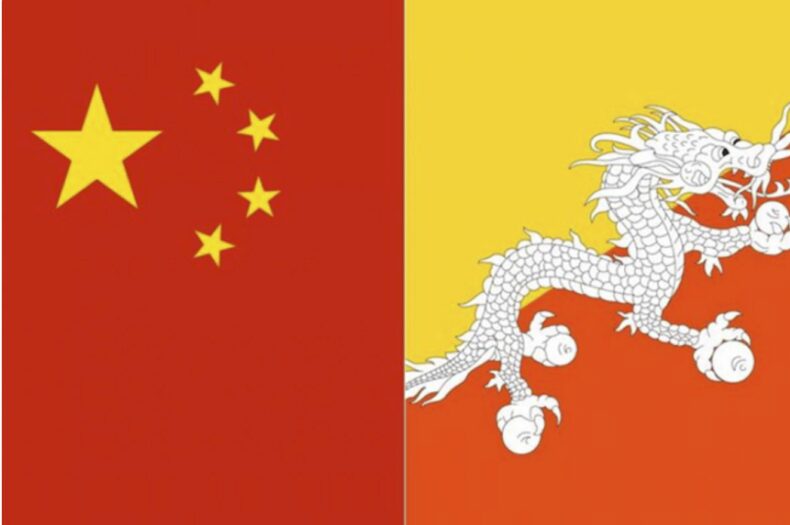Bhutan, a country in the Himalayas, lies tucked between the two Asian superpowers. China and India pay a cost associated with that particular geographic location, though.
One of the two nations with whom China is still in disagreement over its land border is Bhutan. The other nation is India, which and China have had a long-standing dispute over their Himalayan border.
Bhutan is under pressure to make a deal with Beijing as a result of China’s worldwide expansion, but any potential progress would require India, a close friend.
Delhi and Thimphu have a tight connection, and India has provided Thimphu with financial and military support worth hundreds of millions of dollars.
India’s concern
There is concern in India over the possibility of a swap agreement between Bhutan and China that would involve the tri-junction, which has led to commentators expressing worry about Bhutan’s stance on its claims to Doklam.
Indian experts on Himalayan affairs believe that China may be pressuring Bhutan to settle the border issue to harass India, and they fear that Bhutan’s recent change in stance towards China’s role in the dispute may speed up the process of resolving their differences. Bhutan’s prime minister has clarified his comments, stating that there is no change in Bhutan’s position.

China believes that Bhutan will struggle to reach a deal without India’s backing, as India has been a hurdle in the past in reaching an agreement between Bhutan and China. The Bhutan-China border issues are linked to the India-China border tensions that have been ongoing for decades.
Military requirement
India and Bhutan have a special treaty that includes military cooperation and India has stationed soldiers in Bhutan to provide training. However, some Bhutanese experts believe that settling a deal with China would be beneficial for Bhutan.
India is hesitant to allow Bhutan to give up its claim on Doklam due to its strategic importance. Bhutan is heavily reliant on India for imports, particularly oil, and there are calls for diversification by opening a route with China.
The Bhutanese Prime Minister’s comments about settling the border dispute with China have been met with caution by India’s foreign ministry. The tension between India and China leaves Bhutan in a vulnerable position as it shares a border with both countries in the midst of an emerging Asian century.
Roadmap
Bhutan and China agreed to a “Three-Step Roadmap For Expediting the Bhutan-China Boundary Negotiations” in October 2021. The MoU on the Three-Step Roadmap will “provide a fresh impetus to the Boundary Talks,” according to Bhutan’s Foreign Ministry at the time.
Since the process started in 1984, 11 expert group meetings and 24 rounds of discussions have been held.
The two main areas of contention in the 24 rounds of negotiations have been Doklam, the Jakarlung and Pasamlung valleys along Bhutan’s northern borders, and territories close to the trijunction of India, China, and Bhutan.
China, however, has seemed to widen the scope of the conflict by including regions along Bhutan’s eastern borders in the Sakteng wildlife reserve.

Some observers believed the action to be a pressure strategy to force Bhutan to accept China’s earlier reported offer of a swap of the western territory of Doklam, which Beijing sees strategically, in exchange for Bhutan keeping its northern regions.
Given their proximity to India and in light of the 2017 standoff between Indian and Chinese soldiers in Doklam, the western regions, which total 269 sq km, are a particularly sensitive point of concern. China has increased its military presence in the disputed plateau since the standoff.
495 sq. km. Jakarlung and Pasamlung valleys are located near Bhutan’s northern border with Tibet.












